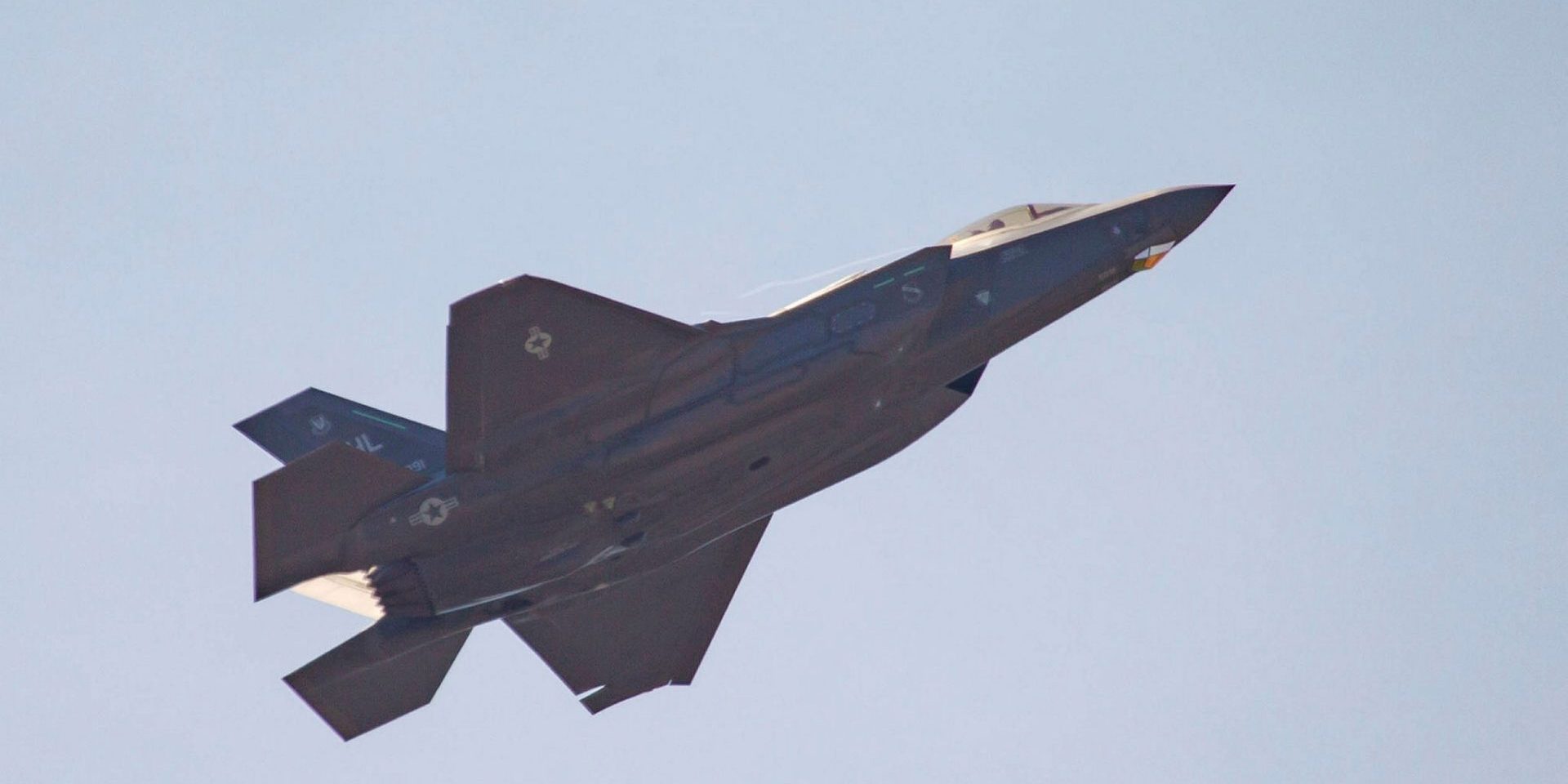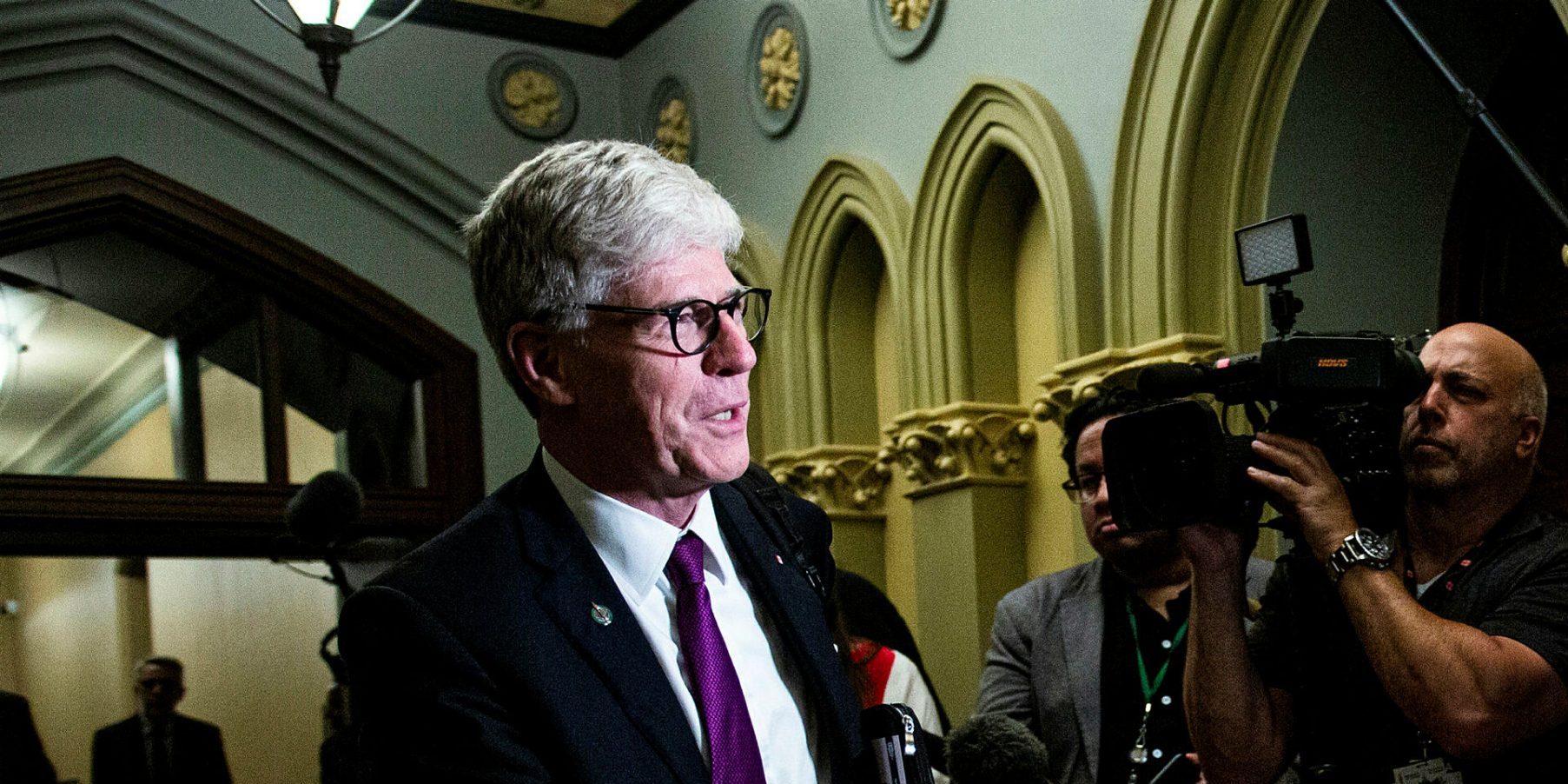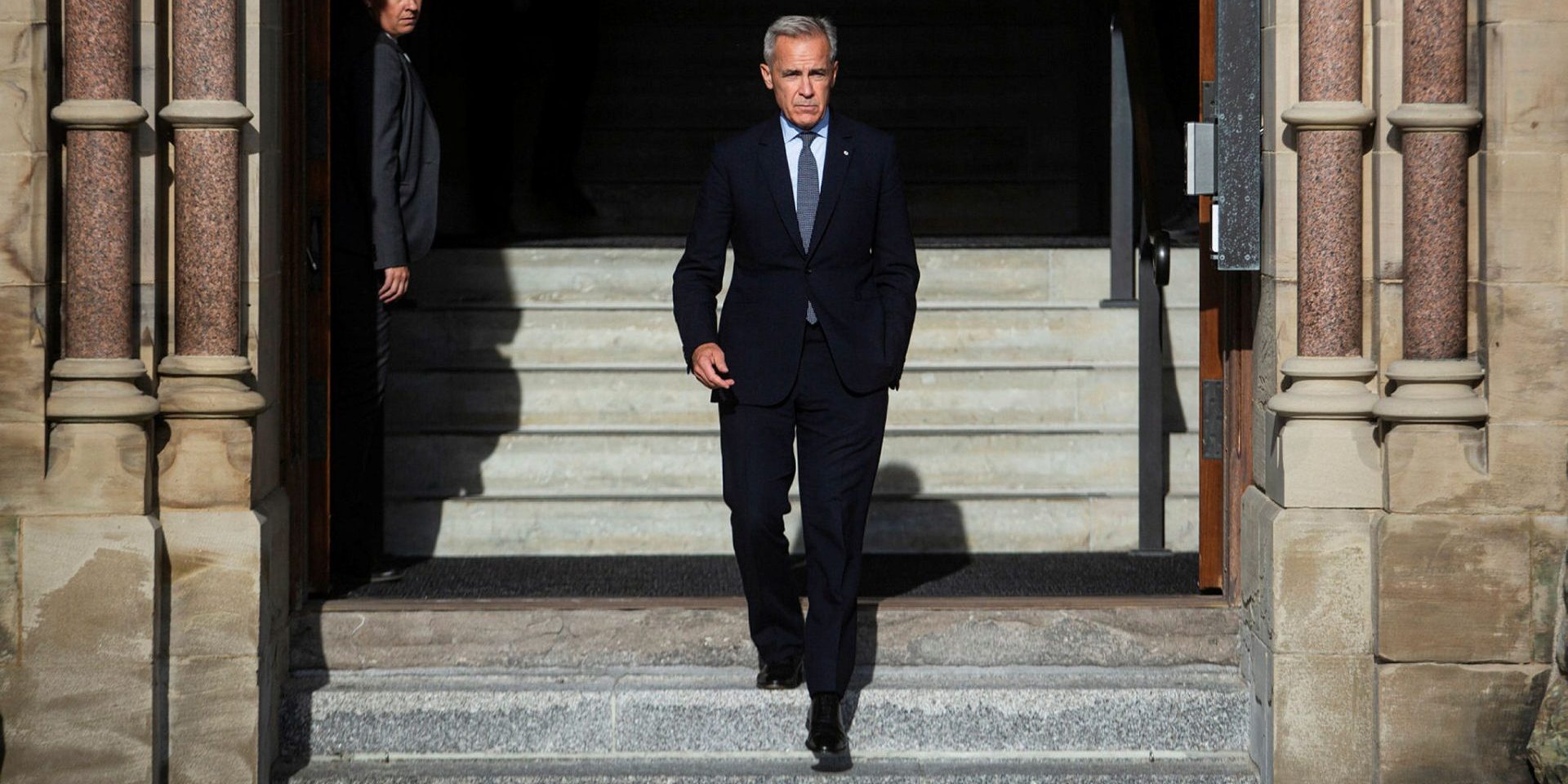The greatest threat to the Canadian Arctic is security, not sovereignty

One of the most confounding elements facing Canadians when talking about the Arctic is the confusing manner in which Canadian policy-makers use the term Arctic sovereignty. This confusion continues in the recently released Canadian defence update and will probably be found in the forthcoming Arctic foreign policy. Let’s be clear, Arctic sovereignty disputes are about disagreement with another state over boundaries—terrestrial and maritime—and who can do what within them. But the real existential threat that Canada faces is about Arctic security. The Canadian effort to defend its Arctic must be focused on convincing our enemies that they cannot successfully attack the United States through our Arctic region. We also must assure our allies and friends that we are both willing and able to do this.
An enduing theme in Canada’s history has been a constant call to defend or protect Canadian Arctic sovereignty. Initially, this was based on a fear that the United States wanted to seize or control parts of the Arctic lands and waterways that Canada claims as it owns. Over the years, most of these fears have been mitigated, with the possible exception regarding the Northwest Passage. The United States (and many others states more quietly) see this waterway as an international strait. Canada claims it to be internal waters of Canada. The core issue is over control of the ships and aircraft that may transit through it. The first Trump administration made noises about pushing Canada on this, but nothing came of it. Time will tell if Trump revisits this issue. We also have boundary dispute regarding the Beaufort Sea. However, it has recently been announced that there will be a renewed effort to find a settlement. Somewhere in the distant future there will be a need to resolve overlapping claims to the extended continental shelves of Canada, Denmark (Greenland), Russia and the United States. But no one is expecting this to be done anytime soon for a host of reasons. These are Canada’s Arctic sovereignty challenges. They are about diplomacy, international law to establish who controls what.
Yet as Canada’s defence update makes clear, the nation is facing growing threats to its Arctic. In Foreign Minister Mélanie Joly words—the “(v)igorous assertion of our sovereignty, particularly in the Canadian Arctic, is a fundamental priority.” The problem is that the most dangerous threat to the Arctic is not to our sovereignty, but to our security. The challenge is that when Arctic sovereignty and security are conflated, the policy responses become equally confusing, and the public will not understand what actions are needed and against who they must be taken.
The threat that the Defence Update correctly focuses on is the growing danger to the Canadian Arctic is that posed by Russia and probably China. The immediate danger is that the Russian war of aggression against the Ukraine and the long-term development of weapon systems designed to beat American weapon systems, means that Canada must have its own weapon systems that can detect and fight against the new Russian capabilities. The threat is made worst by the increasingly vocal threats of Russia to use its nuclear weapons.
In this new era of geopolitical hostility, the Russian government must never think that it could launch a surprise missile attack across the Arctic to American targets with a chance of succeeding. This is why the modernization of NORAD for the defence of Canada is so critical for Canadian security. This is why Canadian CF-35s that can operate with the F-35s of the U.S., U.K., Norway, Denmark, and Finland are needed to stop Russian delivery systems that carry the new Russian hypersonic missiles. This why new submarines are needed to stop Russian maritime systems from approaching launch points near North American targets. To be clear—this is defending Canadian Arctic security, and, by extension, the security of all Canadians. It is against the Russians and must be done with a very expensive effort that must be done with our allies and especially the Americans. The Russians are not going to land ground troops to seize Arctic territory. That is not the threat.
So, to be clear, there may be a limited problem of the American revisiting the Northwest Passage issue—that will be a sovereignty problem. But it will be a bilateral diplomatic issue between Canada and U.S. But the magnitude of the problem—even if it happened—pales when considering the possibility of the breakdown of the nuclear deterrent system that has been the ultimate guarantee of Canadian security since the 1950s.
In the public’s mind, the loss of control of some elements of very limited international arctic shipping because of American action may be galling to our sense of national entitlement, but it cannot be compared to the disaster that would befall Canada if our enemies came to believe that they can successfully attack the United States through us. That is the core security issue that faces Canada. The energy needed to meet this threat cannot be diluted with a conflation with issues surrounding Arctic Sovereignty.
Rob Huebert is a professor of political science, and also serves as interim director for the Centre for Military, Security and Strategic Studies at the University of Calgary. He is a senior fellow at the Macdonald-Laurier Institute.
The Hill Times





 LICENSING
LICENSING PODCAST
PODCAST ALERTS
ALERTS


